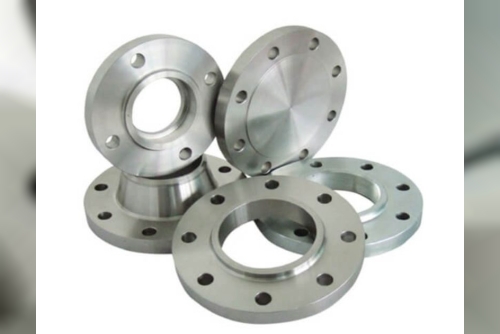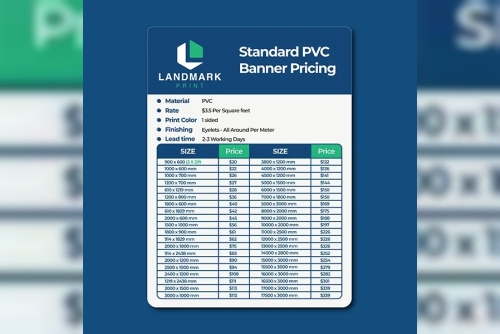Pipex.ai is a leading B2B platform that connects buyers with genuine manufacturers and suppliers. On pipex.ai, you can find flange weight charts in mm and kg, and also download detailed PDF charts. It’s a smart tool made for engineers, businesses, and anyone who needs fast and accurate product information before buying.
Flanges are metal parts used to connect pipes, valves, or pumps in a piping system. They are joined using bolts and help keep the system strong and leak-free. Flanges are used in many industries like oil & gas, water supply, chemical plants, and construction. There are different types of flanges, and each has its own use depending on the pressure and system requirements.
1. FlangeA standard flange is one of the most commonly used types of flanges. It connects two pipe ends using bolts and gaskets to create a strong, leakproof joint. These flanges are widely used in water pipelines, oil & gas plants, chemical industries, and building projects. Depending on the sealing need, they can come with a flat face (FF) or a raised face (RF). The size and thickness of the flange change according to the pipe size and material. To choose the right type, engineers often refer to a flange weight chart, which shows dimensions and weight in mm and kg for easy selection and planning.
Flange Weight Chart (in mm and kg)Pipe Size (NB)
Outside Diameter (mm)
Thickness (mm)
Weight (kg)
50 mm
165
17
3.0
100 mm
220
23
6.4
150 mm
285
25
10.8
2. Slip-On FlangeA Slip On Flange is one of the easiest flanges to install. It slides over the pipe and is welded from both the inside and outside, creating a secure connection. This type of flange is ideal for low-pressure systems and is known for being cost-effective and simple to align during fitting. Because of its easy installation, it is commonly used in fire protection lines, cooling water systems, and low-pressure industrial pipelines. To ensure correct sizing and fitting, professionals often refer to the Slip On Flange weight chart in mm, which helps them choose the right flange based on outer diameter, thickness, and weight.
Slip On Flange Weight Chart (in mm and kg)Pipe Size (NB)
Outside Diameter (mm)
Thickness (mm)
Weight (kg)
50 mm
165
19
3.3
100 mm
220
24
7.0
150 mm
285
26
11.9
3. Weld Neck FlangeA Weld Neck Flange is specially designed for high-pressure and high-temperature applications. It features a long tapered neck that smoothly connects to the pipe, allowing stress to pass through the flange and pipe evenly. This design helps reduce the risk of failure under pressure, making it ideal for extreme environments like power plants, refineries, and shipbuilding. To select the proper size and ensure a safe connection, engineers often refer to the Weld Neck Flange Weight Chart in kg, which provides detailed information on flange dimensions and their corresponding weights.
Weld Neck Flange Weight Chart (in mm and kg)Pipe Size (NB)
Outside Diameter (mm)
Neck Length (mm)
Weight (kg)
50 mm
165
60
4.1
100 mm
220
114
9.3
150 mm
285
168
16.8
4. Blind FlangeA Blind Flange is used to close the end of a pipe or a pressure vessel and does not have a center hole like other flanges. This makes it perfect for sealing off piping systems or conducting pressure tests. Blind flanges are commonly used when you need to temporarily block the flow or test the system for leaks and strength. They are also easy to remove and reinstall, making them ideal for maintenance tasks. For proper selection and planning, engineers and technicians often use a Blind Flange Weight Chart in PDF, which lists standard sizes, thickness, and weight for quick reference.
Blind Flange Weight Chart (in mm and kg)Pipe Size (NB)
Outside Diameter (mm)
Thickness (mm)
Weight (kg)
50 mm
165
20
4.7
100 mm
220
26
8.8
150 mm
285
30
15.2
Benefits of Using Weight ChartsUsing weight charts while selecting flanges can help you:
Choose the right product for your piping systemCalculate transportation and installation costs
Avoid overloading pipe supports
Ensure safety in design
Weight charts show the outer diameter, thickness in mm, and totalweight in kg. Having them in PDFformatmakes them easy to share, print, or store for future use.
Final ThoughtsFlanges are the backbone of many piping systems. From Slip On Flanges to Weld Neck Flanges and Blind Flanges, each type has a specific use and advantage. Knowing the dimensions in mm, checking the weight in kg, and using a reliable PDF weight chart makes your work smoother and more accurate.
With platforms like pipex.ai, you can find all this information in one place—and connect directly with top suppliers in India. It's the smart choice for professionals who value quality, speed, and simplicity.












